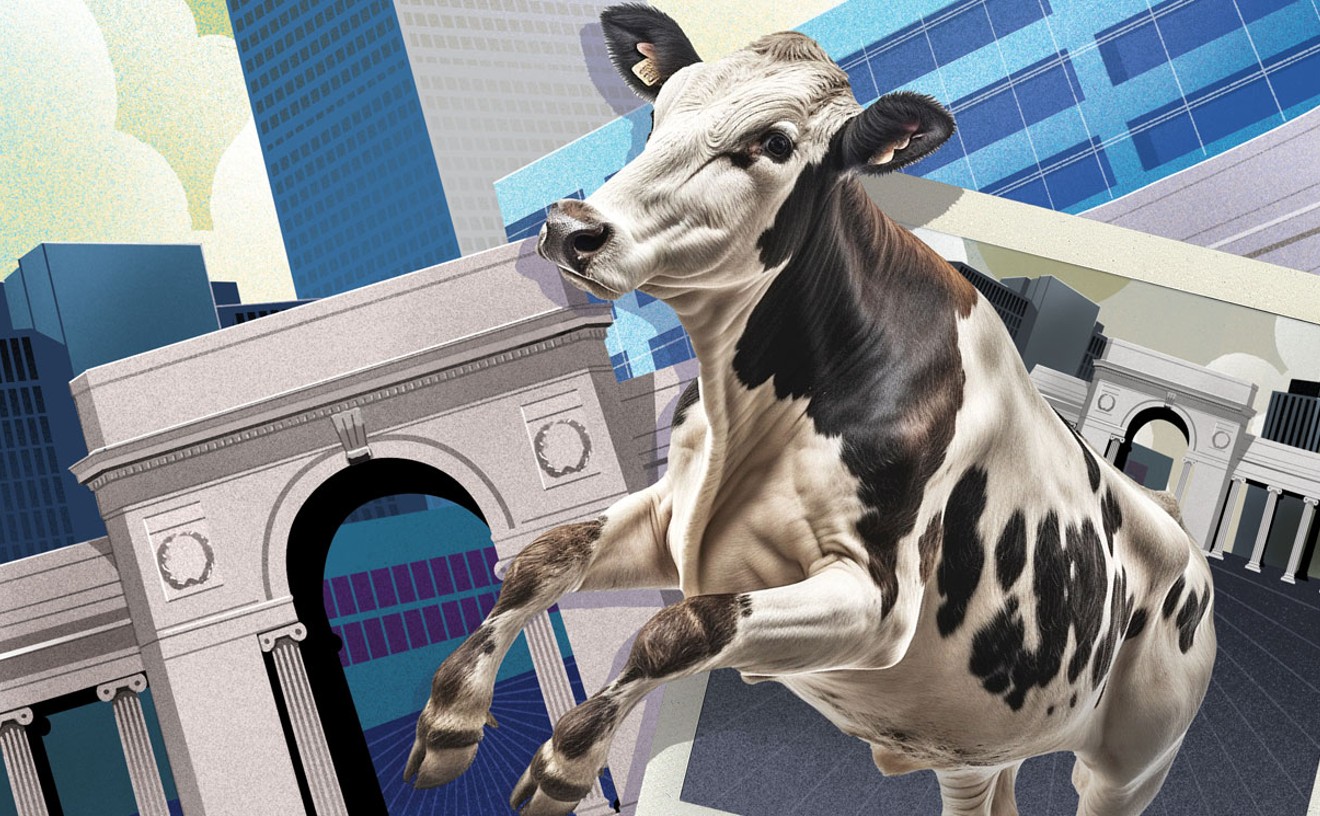If the snooty, highly theoretical end of sci-fi is your thing and jargon-laden cyber-tech zings your circuits, have at it. We'll say this much in admiration: Nothing has been dumbed down for the Roseanne crowd.
Into the cosmic thicket, then: In the year 2029, the synopsis assures us, "the world is made borderless by the Net; augmented humans live in virtual environments, watched over by law enforcement that is able to download themselves into superpowered, crime-busting mecha. The ultimate secret agent of the future is not human, has no physical body and can freely travel the information highways of the world, hacking and manipulating whatever and whenever required."
That "ultimate agent," created by the Orwellian Ministry of Foreign Affairs, is named Project 2501, aka the Puppet Master, the perfect tool for espionage, destruction and covert action. Morphing from form to form, it's a voice without a body, then a body disconnected from a mind, for whom gender itself is no issue, but morality is. Get Dr. Schopenhauer on the hook right away, willya? We've got a case study for him.
Some things never change: Ghost's central drama, if it can be said to have one, concerns semi-cyborgs' obsession with their own origins and the quest to keep their vulnerable souls. They may sport shells made of titanium, but the spark of humanity animates and preserves them.
Director Oshii, working from a series of popular Japanese comic books written by Masamune Shirow, evidently has another kind of preservation in mind: that of the international marketplace. In the haphazardly dubbed U.S. version of the film, at least, the characters interrupt their stream of techno-blather with hilarious outbursts of American tough-guy talk: No sooner are you nodding off behind lengthy treatises on "therm-optics," "barrier mazes" and "simulated experience erasures" than a robot with a machine-pistol full of "HV ammo" is yelling at an enemy to "cut the sob story, you stupid dickhead."
Thus do the hard-boiled conventions of American crime fiction collide with the otherworldly speculations of paranoiac science fiction, conjoined by an animation style that seems to have lost something over the Pacific. There are some liquid, haunting cityscapes here--we're in "Newport City," wouldn't you know?--but Oshii's computer-aided drawing generally feels as harsh and synthetic as the world of artificial intelligence he's commenting on. An intentional match? Maybe--but in the end, Ghost is another plea for the human heart in the stone-cold world of technology, and there's not much heart in the man's animation.
Still, cultists and hobbyists may be enthralled. You know who you are, even if we don't...yet.--Gallo
Ghost in the Shell. Animation directed by Mamoru Oshii. Based on comic books by Masamune Shirow.










